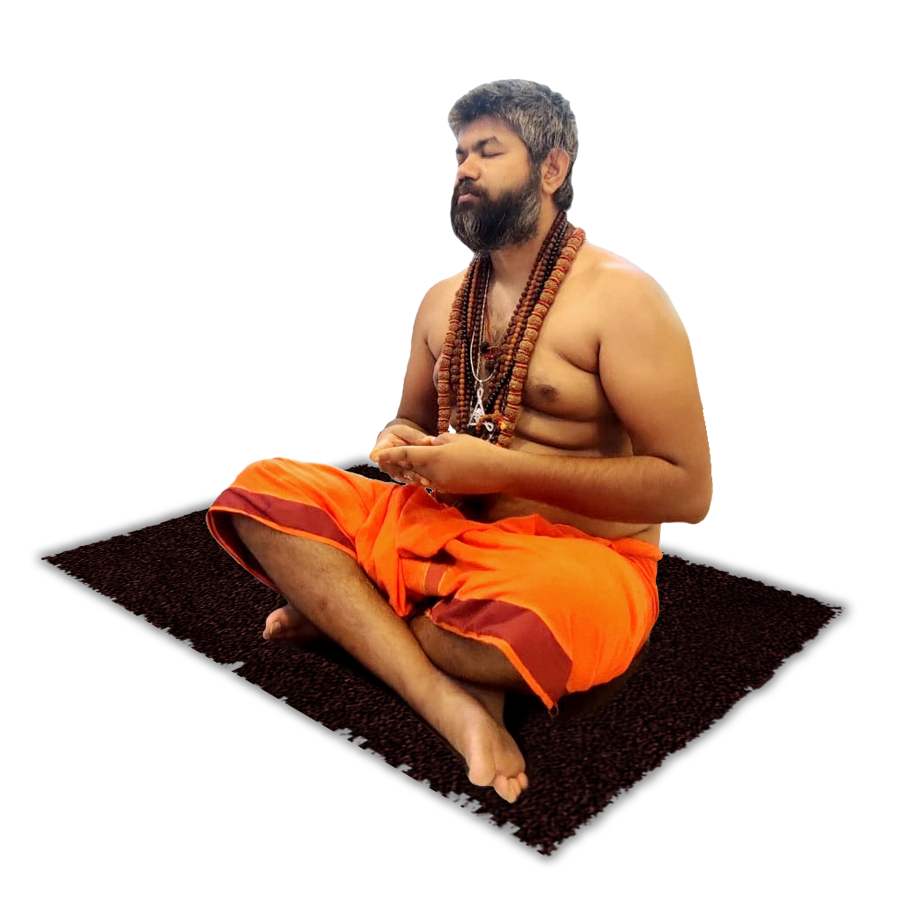|
Listen this Article
Getting your Trinity Audio player ready...
|
How Modern “Science-Led” Meditation Aligns with Ancient Inner-Science (A Comparative Look with Joe Dispenza’s Approach)
Summary: This guide explains how neuroscience-framed meditation—popularized by contemporary teachers—relates to timeless yogic principles. We’ll compare key ideas often associated with Joe Dispenza meditation with the InnerCode/Triyu perspective taught by Rudransham, and give you a practical starter routine.
By Rudransham

Why compare approaches?
Searches for Joe Dispenza meditation indicate rising interest in science-framed inner work—brainwave shifts, heart coherence, and future-self visualization.
This article places those ideas in a broader, respectful context and shows how they align with the Triyu Kriya and InnerCode methods I teach at Rudransham.
Core ideas you’ll recognize
- Coherence: Breathing and feeling elevate the nervous system into harmony (a principle echoed in ancient pranayama).
- Attention + Emotion: Focused awareness plus elevated feeling re-patterns mind–body states.
- Identity shift: Moving from past-conditioned identity toward a consciously created self.
- Embodiment: Bringing inner alignment into movement and daily life.
Contemporary teachers discuss these with a neuroscience lens. For official materials on one such approach, see
drjoedispenza.com.
Our goal here is educational comparison—not endorsement or duplication.
The InnerCode / Triyu perspective
In Triyu Kriya, we approach similar outcomes through breath, mantra, mudra, and directed awareness.
The “science” appears as nervous-system settling, clearer attention, and sustained compassionate action.
Where some frameworks emphasize future-self projection, we balance it with presence, discernment (viveka), and energy hygiene.
Simple daily structure (10–20 minutes)
- Ground (2 min): Sit tall, relax jaw/shoulders. Notice breath naturally.
- Coherence breath (5–8 min): Inhale to 5, exhale to 5; place attention on heart area; evoke gratitude.
- Intent (3–5 min): Softly imagine your ethical, service-aligned future trait (e.g., calm clarity). Feel it as now.
- Close (2–3 min): Rest in stillness; journal one line: “What shifted?”
Comparative notes (high-level, educational)
| Theme | Seen in modern, science-framed teachings (e.g., Joe Dispenza meditation ideas) |
InnerCode / Triyu Kriya emphasis |
|---|---|---|
| Coherence | Heart–brain alignment; measurable states | Pranayama + mantra for stable parasympathetic tone |
| Identity | Future-self visualization, new neural wiring | Presence-first awareness; values-aligned visioning |
| Method mix | Guided audio, seated/walking forms | Breath, sound, mudra, contemplation; daily micro-practices |
| Integration | Journaling, habit change | Ethical living, service, boundaries, energy hygiene |
Precautions & good practice
- Go gradually if you’re sensitive or processing trauma; seek professional support as needed.
- Consistency beats intensity—small daily practice > occasional extremes.
- Use official sources for any specific teacher’s materials; avoid low-quality imitations.
FAQ
Is this the same as Joe Dispenza’s meditations?
No. This page provides an educational comparison. For official content, visit drjoedispenza.com. Here we teach InnerCode/Triyu practices.
Why mention “Joe Dispenza meditation” at all?
Many seekers first encounter science-framed meditation via that phrase. We offer context showing how similar principles also exist in traditional inner-science—and how to begin safely.
How do I start today?
Try the 10–20 minute structure above, then deepen with the free guide. Track sleep, mood, and decisions for two weeks; you’ll likely notice steadier energy and clarity.
